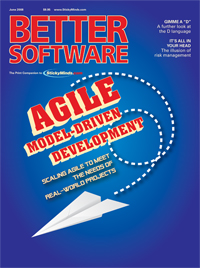The shiniest software application in the world, shipped on time and under budget, is a failure if it doesn't make someone's job easier. Failures cost us customers and money. How can we design software that our customers want to use and that will reduce our cost of failure?



